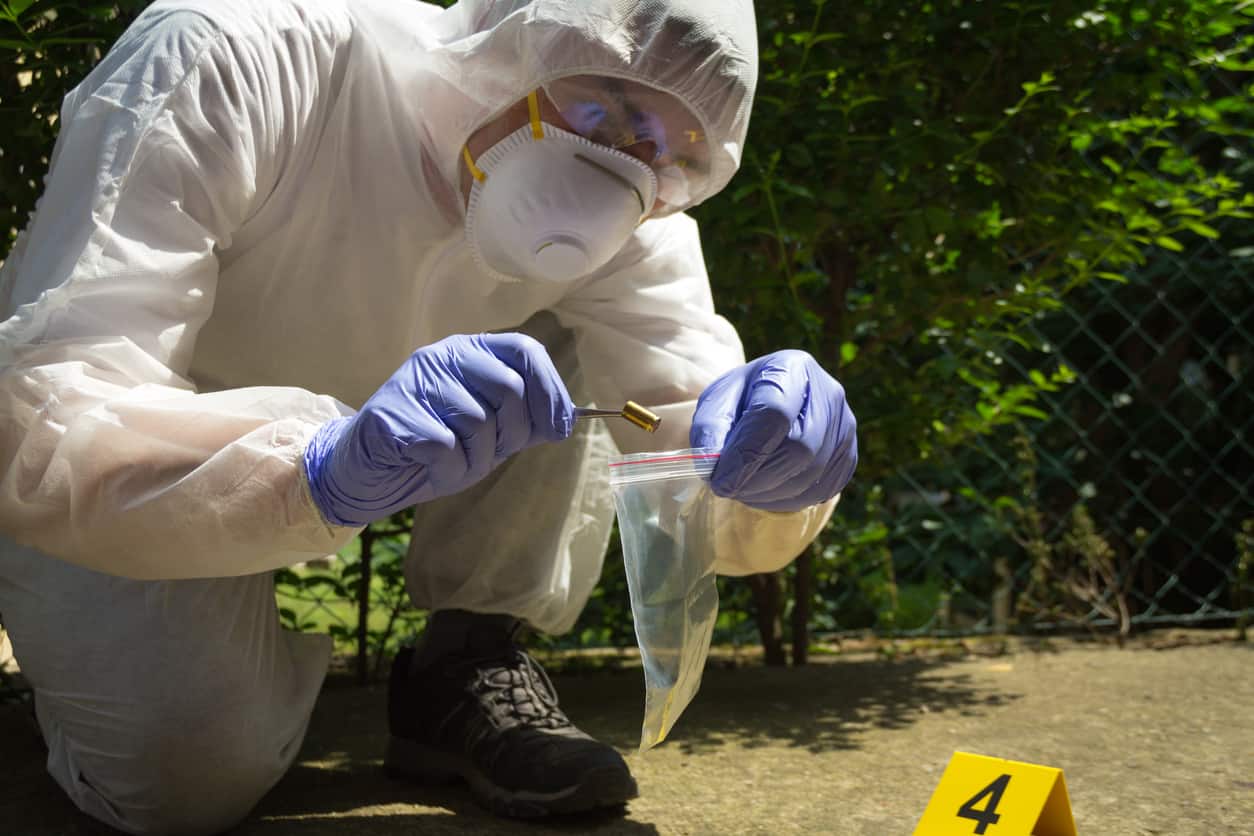Documentation of the crime scene begins the moment that an officer gets a call and continue until the case is closed. This is often the most time-consuming but also the most important step in crime scene investigation. It is the purpose of crime scene documentation to record and preserve the location and relationship of discovered evidence as well as the condition of the crime scene as it was when the documenter was observing it. Experts use different crime scene measurement tools to get accurate data on the crime scene.

Image Source: Google
For the purposes of this text, there are four primary methods of documentation that are involved in CSI. These are:
1) Reports and note-taking (sometimes audio)
2) Photographs
3) Videography
4) Crime scene sketching and mapping
The end purpose of documentation should be the successful notation of all observations made within the scene of the crime, which will ensure the individual engaged in the documentation efforts will best be able to recall the events in the future. Importantly, this information may be presented in court.
Sketching and Mapping the Scene
Sketching—A crime scene sketch is a permanent record of the size and distance relationship of the crime scene and the physical evidence within it. The sketch serves to clarify the special information present within the photographs and video documentation because the other methods do not allow the viewer to easily gauge distances and dimensions.
A sketch is the most simplistic manner in which to present crime scene layout and measurements. Often photographer/camera positions may be noted within a sketch also.
Crime Scene Mapping—Mapping is the term associated with crime scene measurements. Sometimes a person may sketch but not map, meaning that he or she draws a sketch of an area but does not apply measurements to the sketch produced and items represented. Rarely, however, will one map without sketching (i.e., record measurements with no graphical representation for what the measurements represent).
As with all other crime scene measurements, all measurements are approximate and are never documented as or testified to as being 100% accurate. Crime scene mapping is about doing the best possible documentation with the resources available, realizing that rounding and other factors inhibit the ability to be completely accurate.
